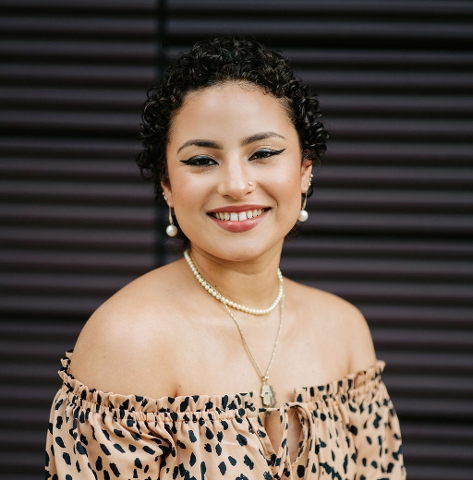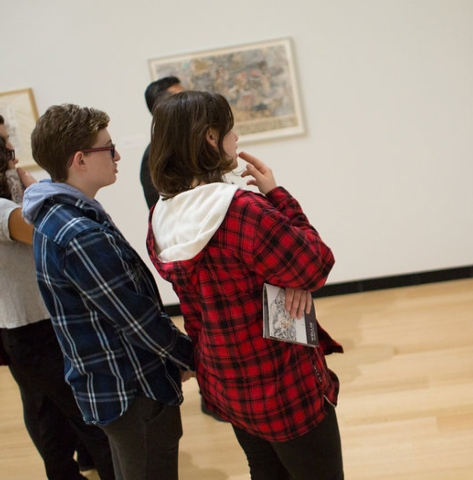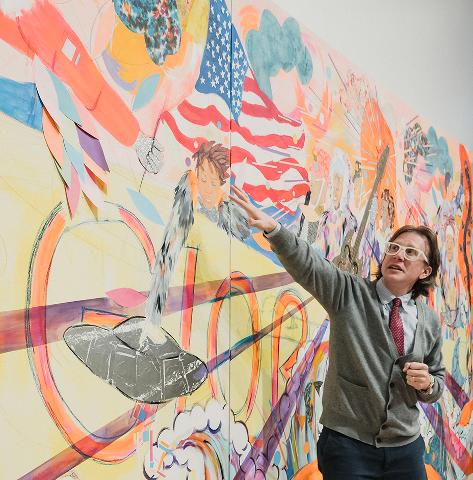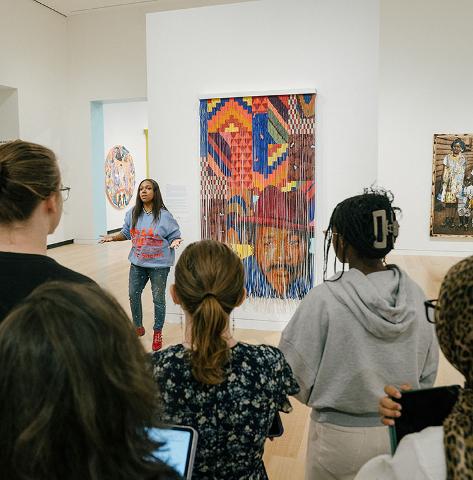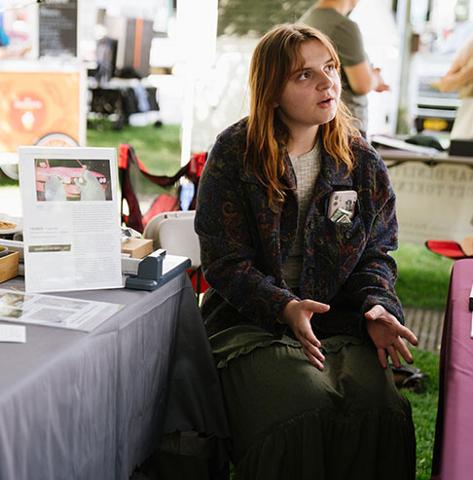Brett Novak
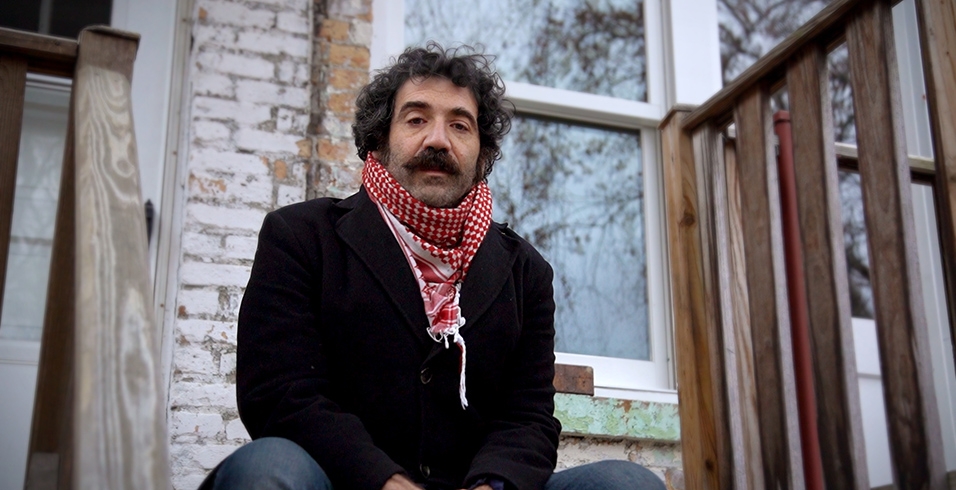
One of the key aspects of museum etiquette is absolutely no food or drink in the gallery. Michael Rakowitz makes a point of breaking this rule in the Wellin’s latest exhibition Michael Rakowitz: Nimrud. During the Wellin’s Artist in Conversation, Rakowitz discussed his uses of food as a way to exemplify so many of the social and political issues addressed in his work. The discussion occurred over zoom due to COVID-19 restrictions, but the artist was still able to engage with the broader Hamilton and Wellin communities throughout this call.
The bulk of the exhibition is composed of vibrant reliefs that represent the panels of Room H at the ancient Assyrian palace of Nimrud, a site that has experienced looting for centuries and was recently destroyed by ISIS. The reappearances that Rakowitz presents to us in this show are constructed from food wrappers of Iraqi food products. During the conversation with the artist we were able to address the multilayered significance of these food products.
The colorful wrappers that have been intricately collaged to represent Room H and other lost objects of Iraqi culture have their own past. Rakowitz told those taking part in this discussion a story of how he had purchased date syrup whose wrapper said it was a product of Lebanon. Rakowitz found out, through the shop owner, that the date syrup was actually made of Iraqi dates that had been smuggled to Lebanon to be processed and distributed. In the words of the artist “The objects were too terrified to say where they were from”.
This message that Rakowitz has found through these food wrappers also applies to the missing and destroyed objects from ancient Assyria that he has been working to reappear. While the Middle Eastern foodstuffs that form these sculptures reference the political climate surrounding Iraq, they also evoke nostalgia and a sense of cultural heritage on behalf of Rakowitz. During the Artist in Conversation discussion, Rakowitz also discussed how the very food products he uses to make these works had a very important place in his upbringing. While Rakowitz may have grown up in a Long Island suburb, the house was filled with Iraqi culture and more importantly, Iraqi food. This food gave Rakowitz a strong connection to his heritage even though he has never actually been to Iraq and its presence in his art clearly gives his work meaning. Rakowitz’s discussion of this through the Wellin’s Artist in Conversation provided a necessary insight into the politics and emotions surrounding food in the context of the exhibition Michael Rakowitz: Nimrud.


